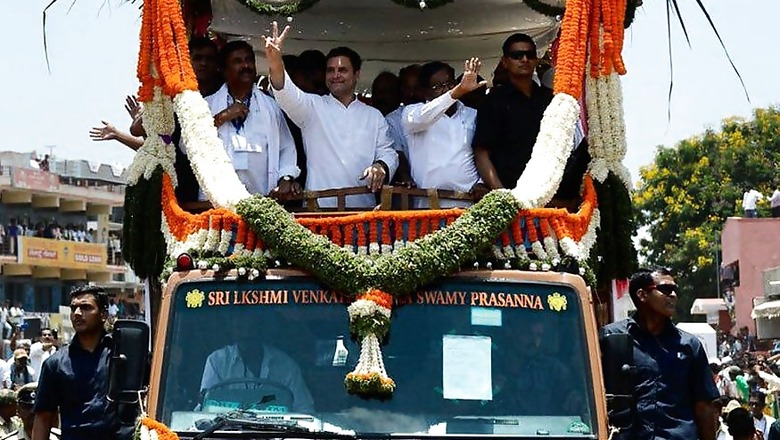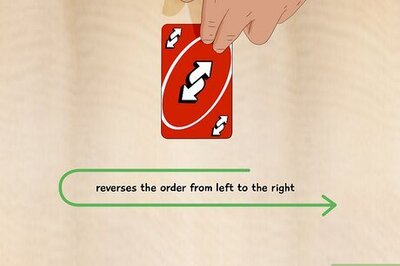
views
New Delhi: The Congress, which has suffered a thrashing if one goes by the emerging trends, may take solace from its near-certain defeat in Karnataka Assembly elections.
A 29-year-old unbroken historical trend has ensured that the party that wins Assembly elections in Karnataka loses in the subsequent general polls and vice-versa.
Let’s take a look at the trends since 1989 when general and Assembly polls were held together.
1989
VP Singh stitched together a coalition of parties with various ideologies to defeat Rajiv Gandhi who had enjoyed immense popularity in the country. The Janata Dal led coalition defeated the Congress with outside support by the BJP. Karnataka was one of the states that Janata Dal swept during the general polls.
In the assembly elections, however, Congress returned to power with a huge majority, winning 178 of the 224 Assembly constituencies and trounced the Janata Dal in process.
1994
Elections were held in 1991 after Congress pulled its support from Chandra Shekhar led coalition. In the ensuing elections, Congress won with a narrow margin, and supported by the left, managed to put up a ruling coalition at the Centre with Narsimha Rao in the driver’s seat.
But in the subsequent Assembly polls in Karnataka, held in ’94, Janata Dal government led by HD Deve Gowda managed to beat Congress and return to power in the state.
1999
Shortly after the battle of Kargil, NDA government led by AB Vajpayee went to polls after losing a no-confidence motion by 1 vote. The NDA went on to win the elections but Congress held on to Karnataka both in general elections, where it won 18 of the 28 Lok Sabha seats, and in the subsequent Assembly elections, where it won 132 out of the 224 Assembly seats.
2004
After remaining out of power for eight consecutive years, Congress returned to power in 2004 general polls. Manmohan Singh was appointed the Prime Minister of the victorious coalition. However in Karnataka, BJP emerged as the single largest party with 79 seats and together with the JD(S) claimed power in the state.
2008
After JD(S) pulled out of the coalition the state was forced into mid-term polls. The regional heavyweight decided to support the Congress this time and it bring it to power.
2013
Some had started sensing a shift away from the Congress at national level. A year later, the BJP, led by the current Prime Minister Narendra Modi, was to roar to power in New Delhi. But as Karnataka went to polls, the BJP, hurt by infighting and factionalism lost out to the Congress, which led by Siddaramaiah assumed power with a comfortable majority of 122 seats.
















Comments
0 comment